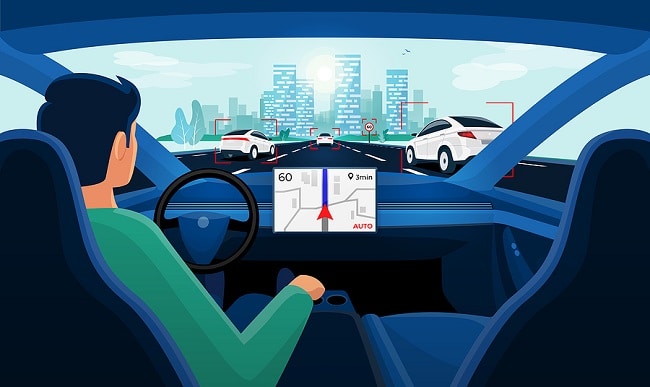Driving behavior changed in rapid and unexpected ways during 2020. In 2021, things may get back to normal – or at least, back to a new version of normal – but some of the impact on driving and auto insurance underwriting may remain.
Empty Roads
At first glance, the news seemed good. The NHTSA reported that traffic fatalities were down in the first half of 2020. Specifically, the second quarter of 2020 saw a 3.3% decrease in traffic fatalities compared to the second quarter of 2019. That’s 302 fewer deaths.
But there was a catch. The second quarter of 2020 put us at the height of COVID-19 stay-at-home orders. Many people were working from home, or not working at all, and fewer people were on the road. The NHTSA says that traffic decreased 16% in the first half of 2020. Given this huge drop, a 3.3% decrease in traffic fatalities doesn’t seem like much, and the traffic fatality rate per 100 million VMT actually went up.
Reckless driving may have been the culprit. According to LexisNexis, speeding and aggressive driving escalated as traffic volumes decreased. It would seem that the empty roads tempted some drivers to speed, and news reports of dangerous driving were common.
Auto Insurance Rebates
Despite the increase in traffic fatalities per mile, many auto insurance consumers felt that they were driving less so they should be paying less for auto insurance, too. Many auto insurers responded with rebates.
According to Business Insider, a J.D. Power study found that auto insurers offered consumers more than $10 billion in premium rebates – but consumers were still dissatisfied. In March, customer satisfaction with auto insurance providers was at 68%. In June, it had dropped to 56%.
Telematics and Usage-Based Insurance
If drivers want to pay less when they drive less, they might be interested in usage-based insurance options that make this possible. At the same time, telematics can provide substantial benefits to insurers who are worried about reckless driving. It sounds like a win-win situation – and people may be warming up to it.
According to a recent study from Deloitte, U.S. auto consumers are very comfortable with traditional coverage options, but this doesn’t mean they aren’t open to alternatives. The majority of consumers are willing to share data on things like how they drive and where they drive if doing so will help them secure lower premiums and coverage that’s a better fit for their needs.
The Road Ahead
With these trends in mind, insurers may want to take a few extra steps to secure customer satisfaction. Here are some ideas to consider:
- Cross-sell campaigns: Customers who bundle multiple lines of coverage may have access to more discounts and they may be less likely to leave. Run a list of policyholders with only one line of business with you and reach out. Offer to conduct a comprehensive coverage audit to look for new discount opportunities and to review limits, coverage provisions and deductibles. Also, look for new opportunities, like umbrella policy sales.
- Usage based insurance promotions: Before your policyholders start shopping for cheaper insurance, preemptively reach out to them to introduce your usage based insurance option as a money-saving alternative. If they say yes, you’ve retained a customer. If they say no, they may appreciate that you tried to save them money, and that may prevent them from shopping.
- Commercial telematics programs: Offer commercial auto with telematics-based safety monitoring to all your commercial clients. Now that the idea has caught on with business owners, ride the wave!
- Satisfaction surveys: If it’s been a while since you asked customers for feedback, the New Year is a great time to reach out. While you’re at it, ask them to follow you on social channels and to provide a Google review.
If you don’t have the people power to support these initiatives, partner with Covenir. We process the day-to-day work so you can focus on forward-thinking initiatives. We offer flexible business process outsourcing options and a highly-experienced, onshore P&C insurance team. Contact us to learn more or browse our case studies for ideas.
